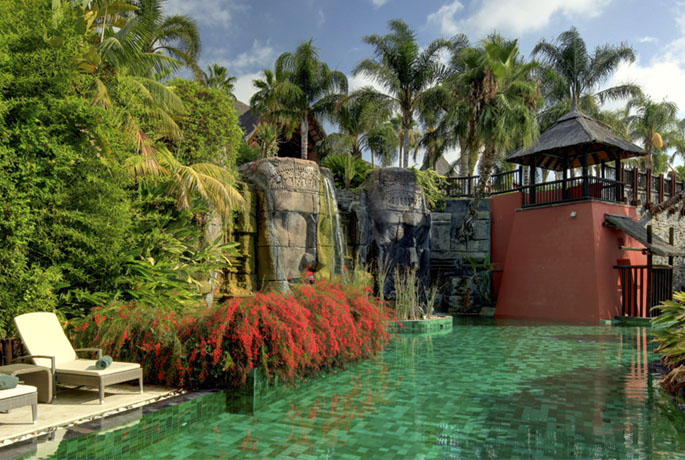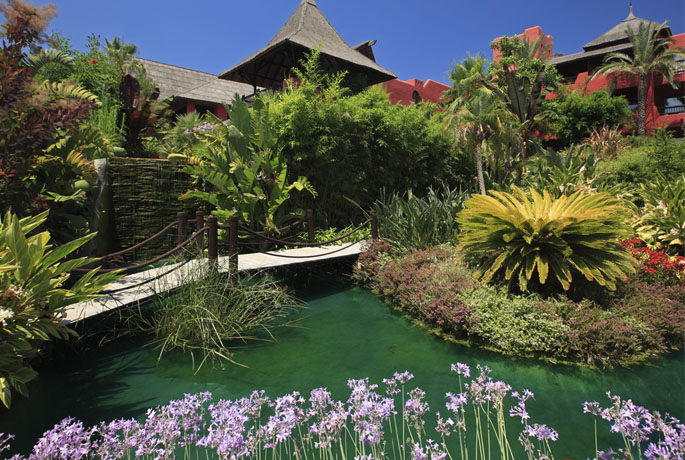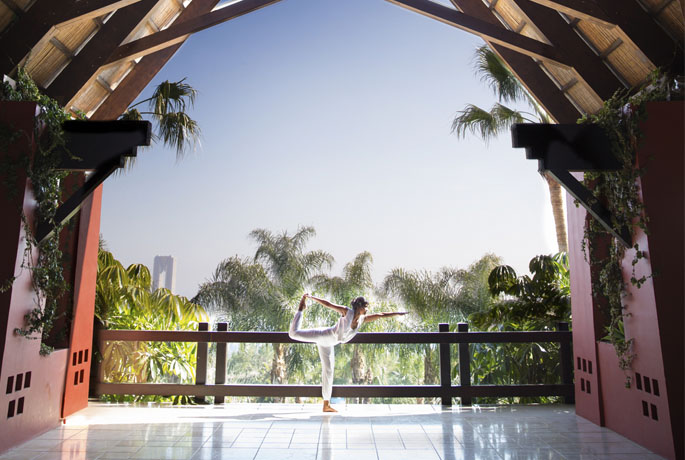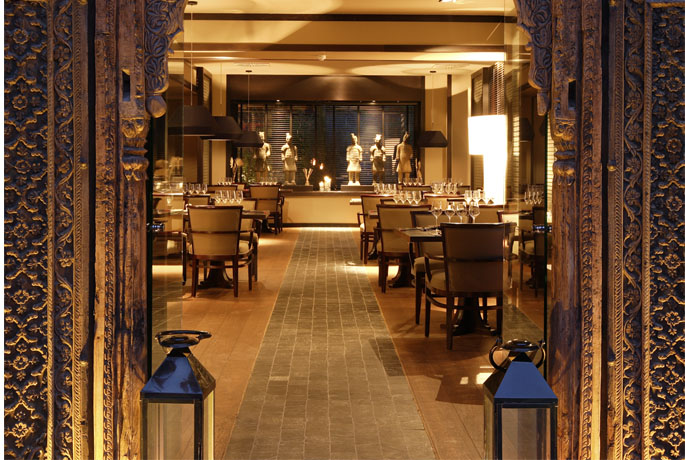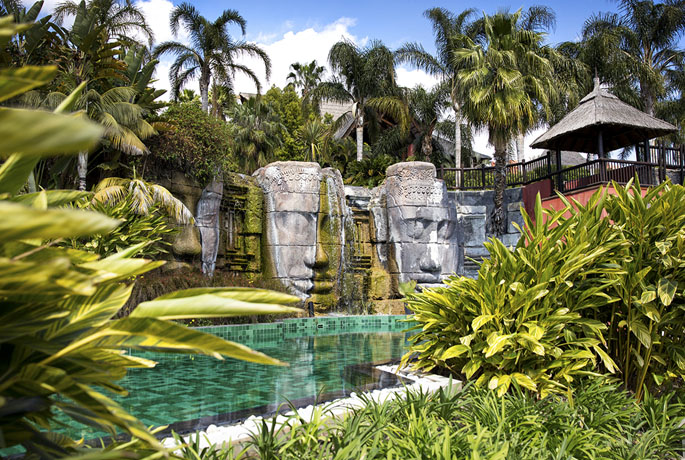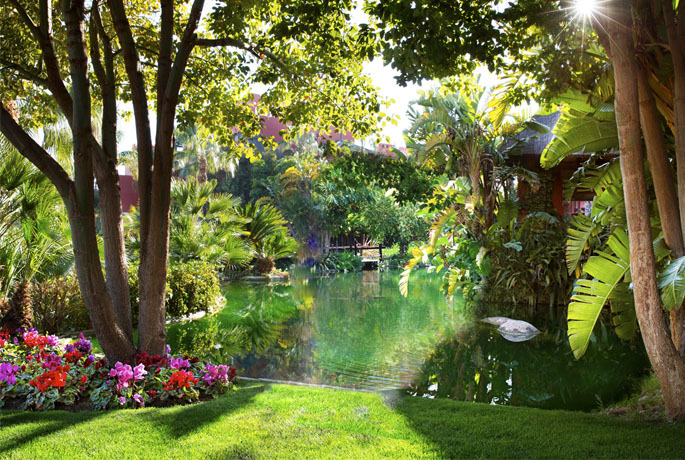Today at the luxury hotel in Alicante Asia Gardens Hotel & Thai Spa we are travelling to Indonesia to discover one of its most famous temples: Tirta Empul Temple. Are you joining us?
Tirta Empul Temple is a Hindu temple located in Bali. It is one of the most visited temples in the island. It is located, specifically, in Tampak Siring.
Tirta Empul means “holy water spring” in Balinese. Its waters are believed to have healing powers. People visit the temple to become purified and attend different religious ceremonies.
The temple was built in 926, during the Warmadewa dynasty. According to the legend, Tirta Empul Temple was created by Lord Indra, who after being poisoned by Mayadanawa, pierced the earth to create a fountain of immortality to revive his forces. From then on, Balinese people believe the temple´s waters have magical healing powers.
Precisely, the main attraction of the temple is its big stone poo. Thousands of believers come here, from all over the island, to be purified. The water of the temple, which flows through the 12 fountains across the pool, comes from Pakrisan River.
Pilgrims who visit Tirta Empul Temple always perform the same ritual. First, they do offerings in the inner courtyard known as “mandala madya”, and later they take a bath to become purify in the pool.
The ritual consists in wet their faces three times, drink water three times and dip their heads under the water. This ritual has to be done in 10 of the 12 fountains located along the pool. These two water jets are reserved for offerings to the deceased.
All the visitors have to wear a sarong, which can be got in the temple before entering the pool.
This autumn escape to Southeast Asia in the Mediterranean. If you visit our 5 stars resort Asia Gardens Hotel & Thai Spa, you will be able to enjoy 7 spectacular Asian-style outdoor pools. Are you coming?

